What Are Galaxies? Revealing Their Hidden Truths in the Universe
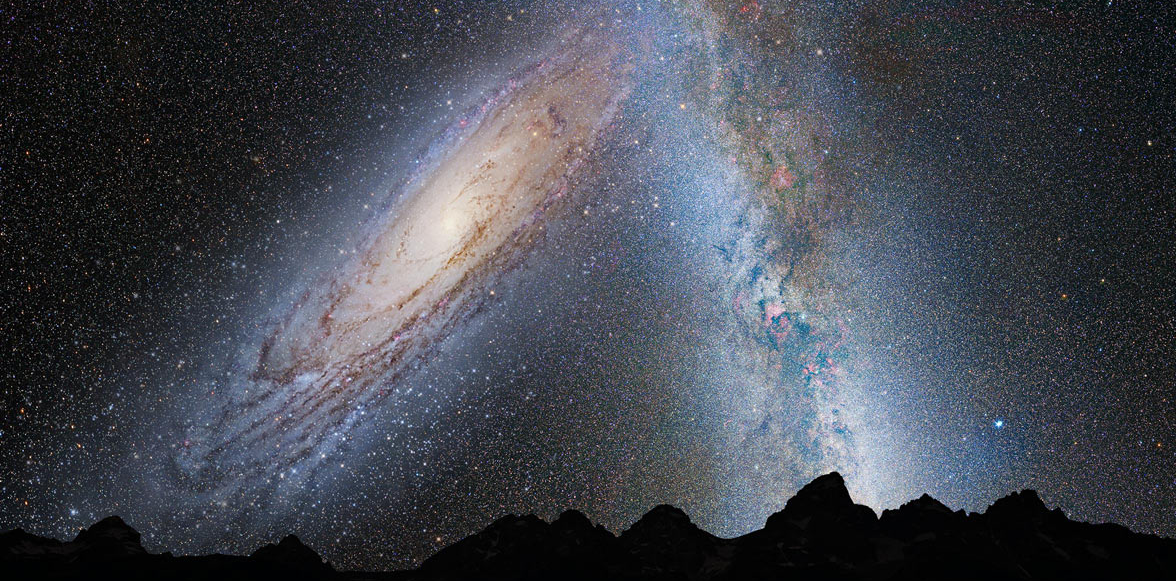
Galaxies are massive systems made up of stars, planets, gas, and dust, all held together by gravity. They vary in size, with some containing trillions of stars stretching over a million light-years, while smaller ones may only have a few thousand stars. Many large galaxies have supermassive black holes at their centers. In this comprehensive guide on Galaxies, we discuss types of galaxies, their age, our galaxy Milky way, an eye opening discussion on whether galaxies can collide, and what is new coming from the scientists on galaxies? A must read piece of content on galaxies and their reality.
What are the Types of Galaxies?
Scientists categorize galaxies based on their shape and characteristics. Some are classified by their physical structure, while others are identified by the activity in their central regions, often influenced by supermassive black holes.
Spiral Galaxies
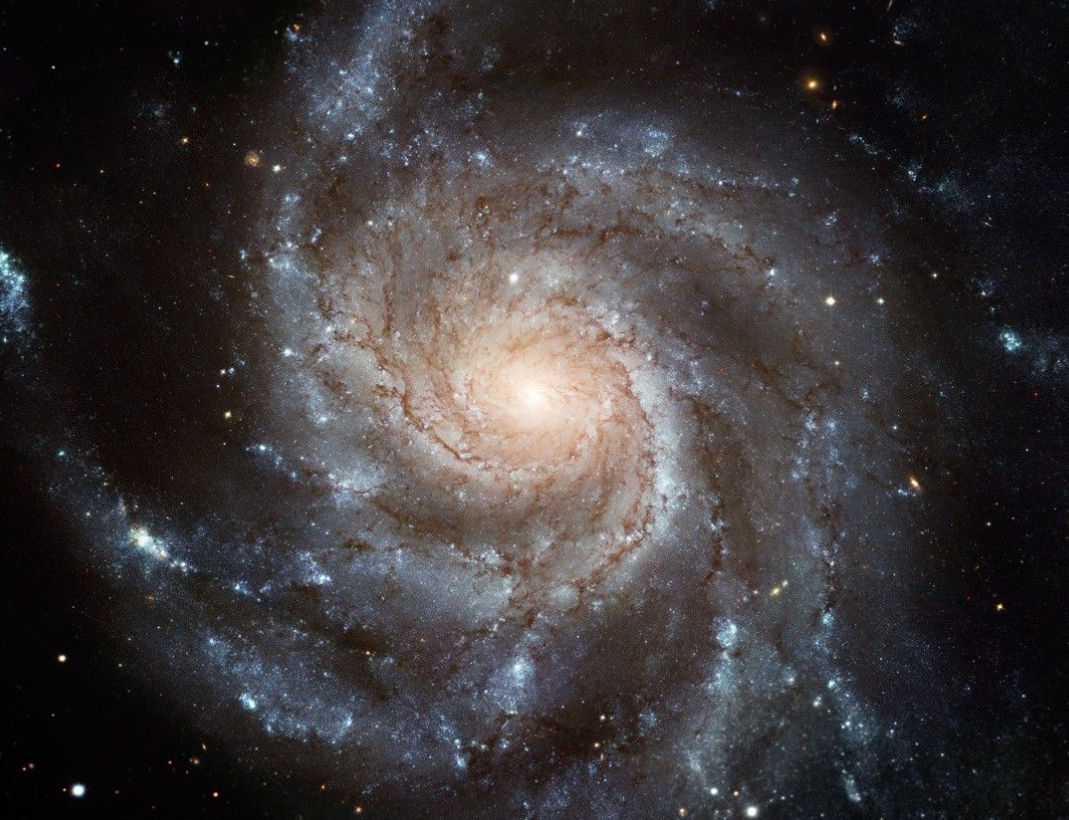
Spiral galaxies have a flat, rotating disk with spiral arms extending outward from a bright central bulge. These arms contain young, hot stars, while older stars are found in the central bulge and surrounding halo. Our Milky Way is a classic example of a barred spiral galaxy, meaning it has a central bar-shaped structure of stars.
Elliptical Galaxies
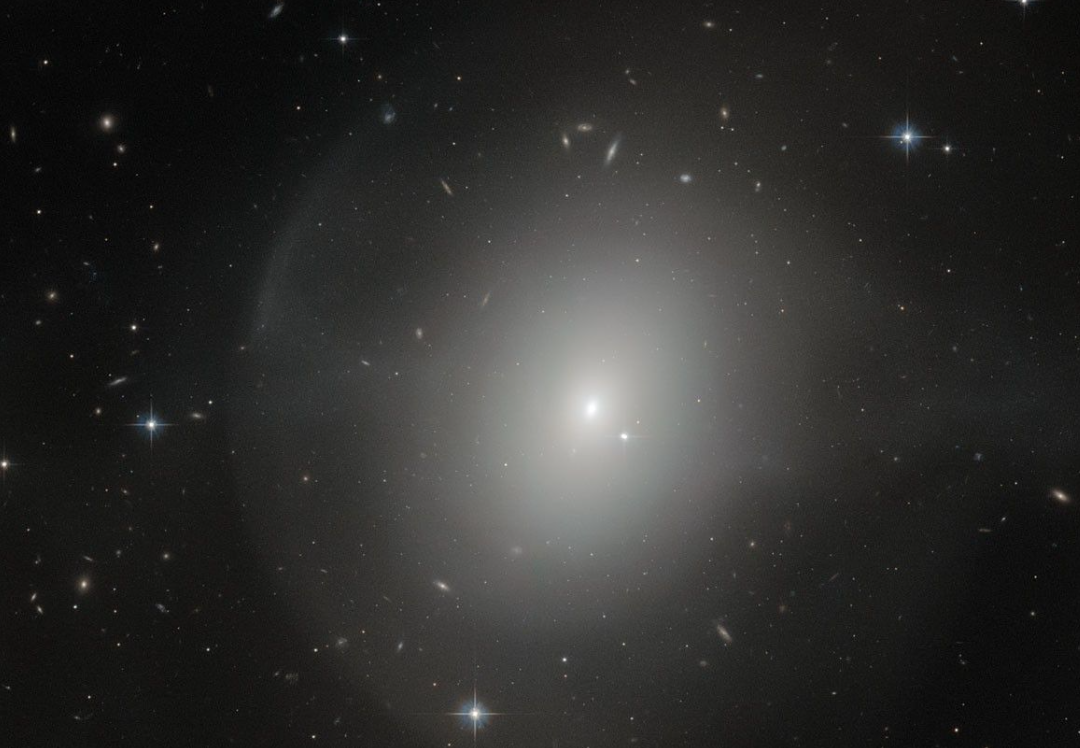
Elliptical galaxies come in different shapes, ranging from nearly round to stretched-out ovals. They are not as common as spiral galaxies. Unlike spirals, they don’t have much gas or dust, and they lack a clear structure. Instead, their stars move in random directions around the galaxy’s center.
These galaxies mostly contain older stars because they have little leftover gas to form new ones. Scientists believe elliptical galaxies form when two or more spiral galaxies collide and merge over time.
Lenticular Galaxies
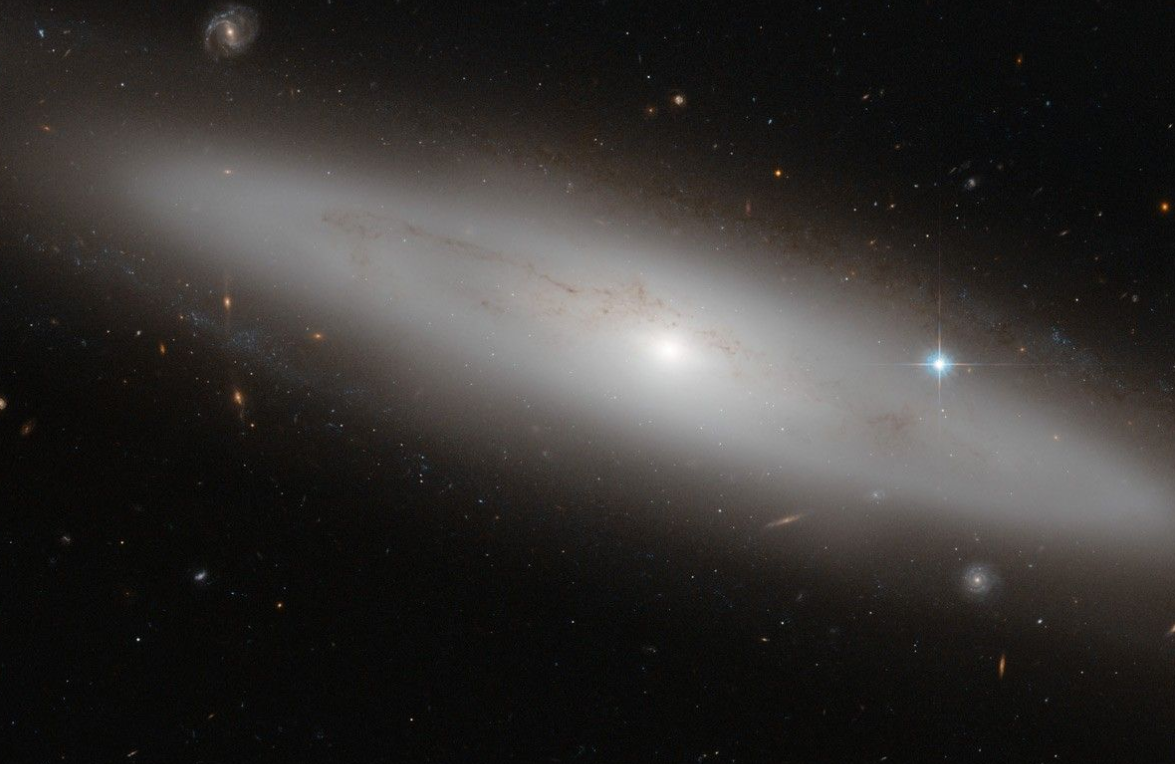
Lenticular galaxies sit somewhere between spiral and elliptical galaxies. They have a central bulge and a flat disk like spirals, but they lack the distinct spiral arms. Their stars are mostly old, and new star formation is rare, similar to elliptical galaxies.
Scientists have different ideas about how lenticular galaxies form. One theory is that they were once spiral galaxies whose arms faded away. Another possibility is that they formed through mergers, similar to elliptical galaxies.
Irregular Galaxies
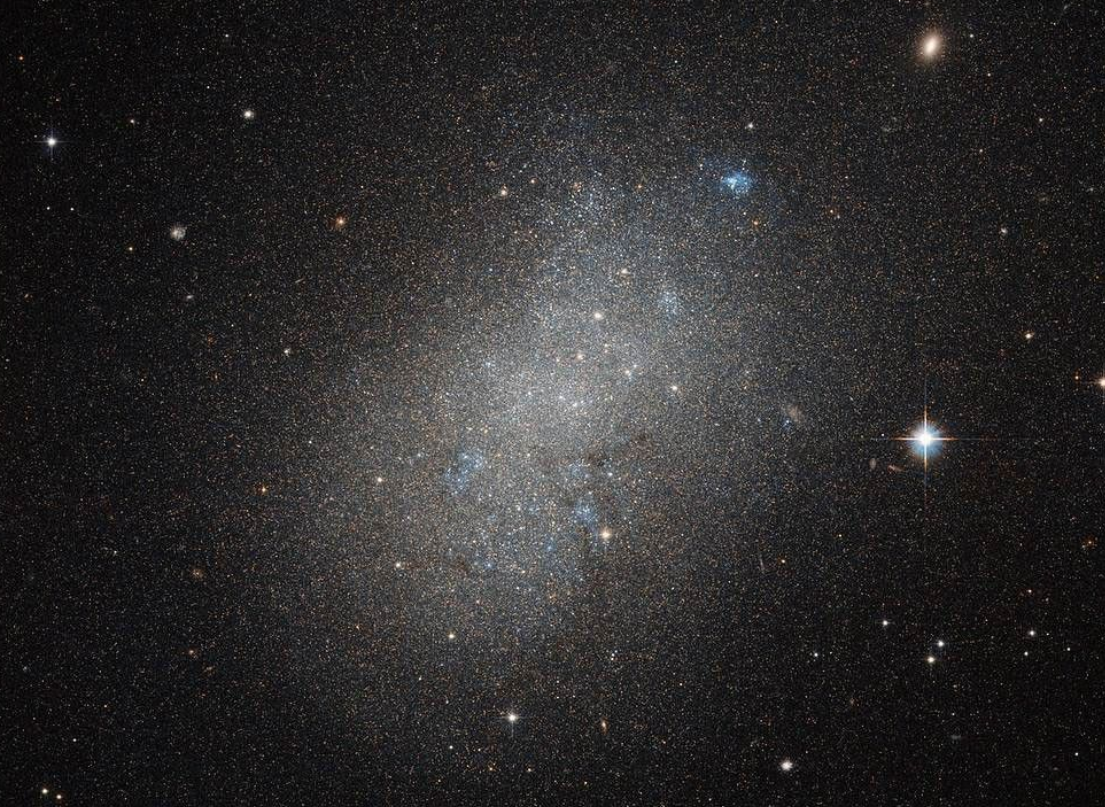
Irregular galaxies do not fit into the spiral or elliptical categories. They have chaotic shapes, often caused by gravitational interactions or collisions with other galaxies. Some irregular galaxies are rich in gas and dust, making them active sites of new star formation.
These galaxies vary in size, from small dwarf irregulars to large, massive ones. Their structure can evolve over time due to external influences from nearby galaxies.
Active Galaxies
About 10% of known galaxies are considered active because their centers emit much more energy than the rest of their stars combined. This activity is powered by a supermassive black hole at the galaxy’s core, surrounded by a disk of gas and dust that radiates energy across the electromagnetic spectrum.
Seyfert Galaxies
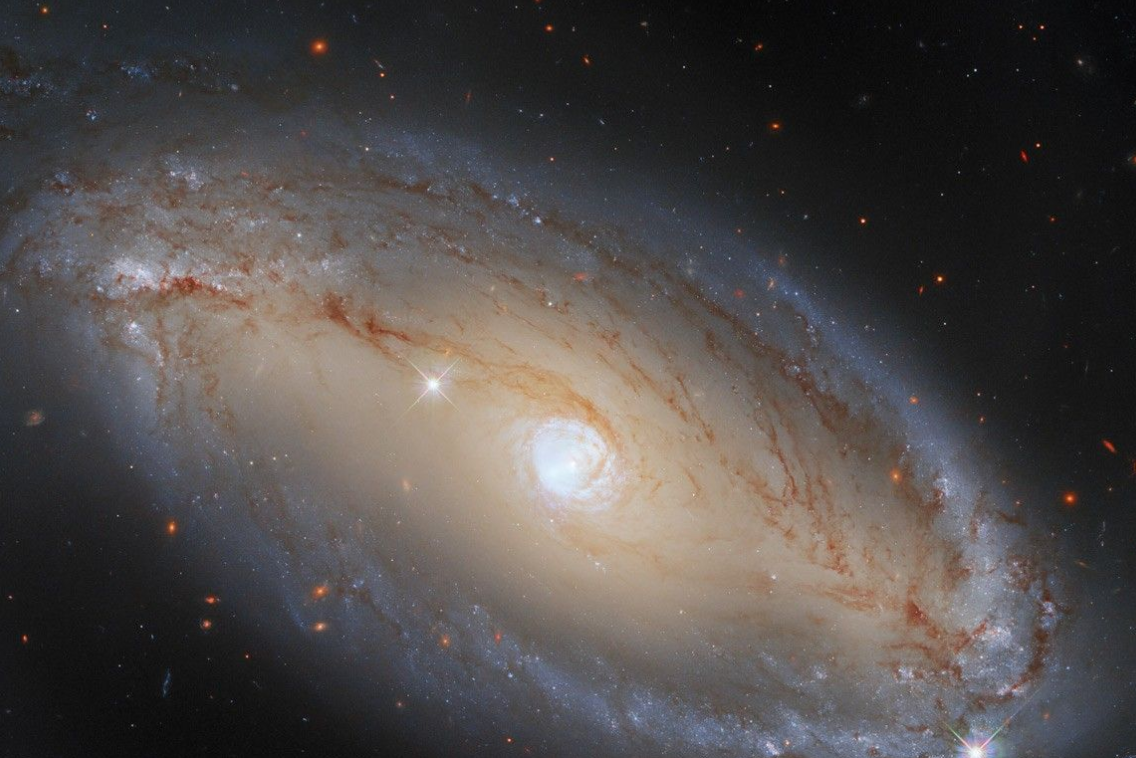
Seyfert galaxies are a type of active galaxy that looks normal in visible light but emits significant infrared and X-ray radiation. They are divided into two types: Type I Seyferts, which have rapidly moving gas near their center, and Type II Seyferts, which show slower-moving gas.
Quasars
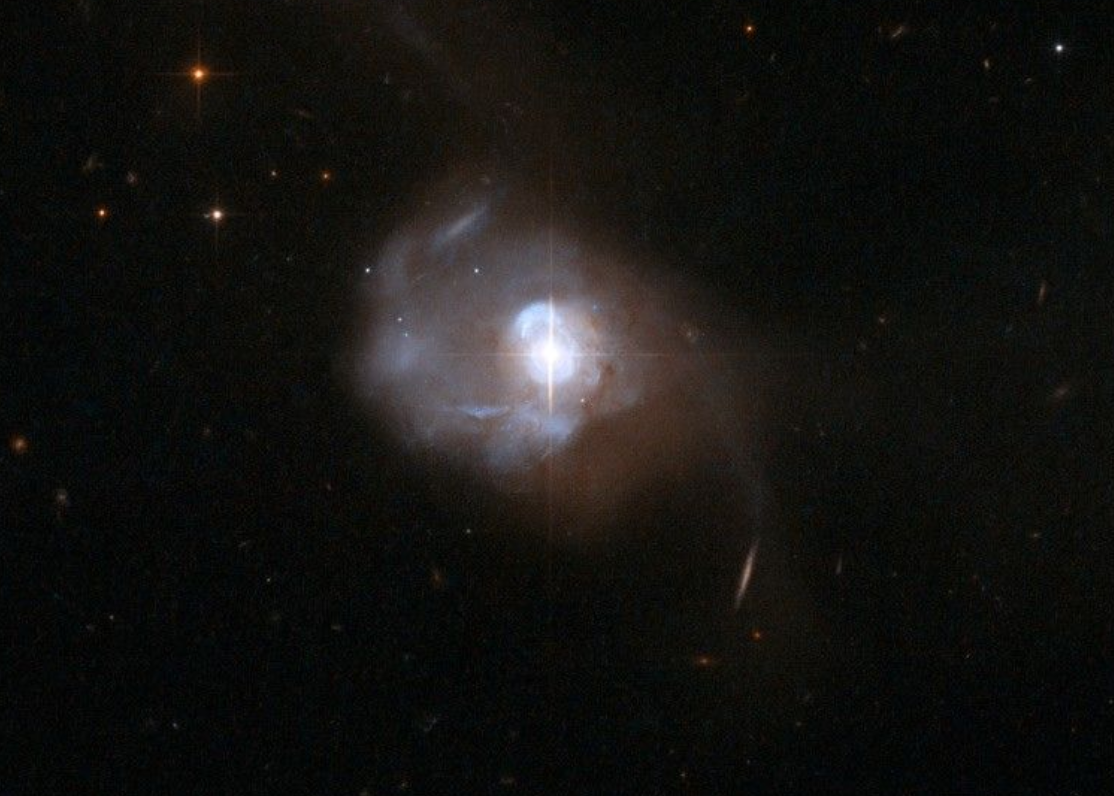
Quasars are the most energetic type of active galaxy. They shine across vast distances and can outshine entire galaxies. Their extreme brightness comes from matter falling into the supermassive black hole at their center, releasing immense amounts of energy.
Blazars

Blazars are another type of active galaxy, but their defining feature is that their powerful jets are aimed almost directly at Earth. This makes them appear exceptionally bright across different wavelengths, from radio to gamma rays. They help astronomers study extreme cosmic processes and the environment around supermassive black holes.
How Old Are Galaxies?
Most galaxies are between 10 billion and 13.6 billion years old, nearly as old as the universe itself (13.8 billion years). The youngest known galaxy formed about 500 million years ago.
How many Galaxies in the Universe?
Galaxies group together due to gravity:
- Galaxy groups have up to 100 galaxies.
- Clusters contain thousands of galaxies.
- Superclusters form even larger cosmic structures but are not held together by gravity.These structures create the cosmic web, shaping the large-scale structure of the universe.
Our Milky Way Galaxy
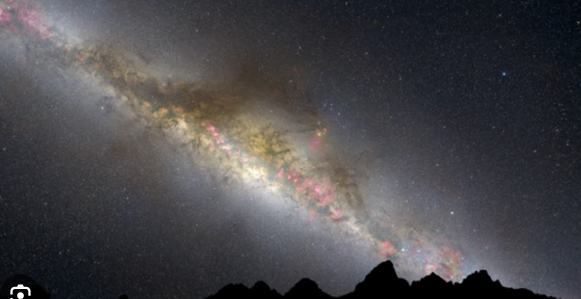
The Milky Way is a spiral galaxy over 100,000 light-years wide. Earth is located on one of its spiral arms, halfway from the center. Our solar system orbits the Milky Way once every 240 million years.
From Earth, the Milky Way appears as a faint, milky band stretching across the night sky. It is part of a group called the Local Group, which includes over 50 galaxies, such as the Andromeda Galaxy. The Local Group is near the Virgo Cluster and part of the Laniakea Supercluster.
Can Galaxies Collide?
Galaxies can collide despite the vast distances between them. When this happens, their stars don’t crash into each other, but gravitational interactions can trigger new star formation, supernovas, and black holes. Collisions can also distort galaxies’ shapes, sometimes turning spirals into ellipticals.
In a few billion years, the Milky Way will collide with Andromeda. The Sun may move to a different part of the galaxy, but Earth will remain safe. It will take another two billion years for them to fully merge into an elliptical galaxy. The Triangulum galaxy (M33) may also join the collision, possibly merging later with the Milky Way-Andromeda system.
New Ground Breaking Research on Galaxies
Recent research has focused on how dark matter influences galaxy evolution, despite being undetectable by traditional telescopes. Dark matter and dark energy are believed to make up most of the universe, but their presence is inferred only through their effects on galaxies.
In 2017, astronomers discovered two massive ancient galaxies formed in a dark matter-dominated environment, raising questions about their growth process. Another discovery that year found galaxies orbiting in sync, possibly due to dark matter. However, in 2018, scientists challenged the dark matter theory when they found galaxy NGC 1052-DF2, which contains significantly less dark matter than expected. This controversial finding could alter models of galaxy formation.
Advancements in technology have helped uncover previously invisible galaxies. In 2017, the MUSE instrument on the Very Large Telescope detected 72 hidden galaxies. In 2018, a Hubble image captured 15,000 galaxies, providing new opportunities for study. That same year, astronomers found hundreds of galaxies behind a powerful black hole that had previously concealed them.
FAQs
Is it possible to see the Andromeda Galaxy from Space?
Yes it is possible, even without a telescope, when you look at the sky and see a W shape of the constellation pointing towards Andromeda.
Can we see the Milky way galaxy from Earth?
Yes, it is possible to see the Milky way galaxy from Earth. Since we are in the Milky way, looking at any star in the milky way is like looking at the Milky Way, but the milky way is actually the glowing band of stars that make up a milk-like shape. It is only possible to see it on certain occasions such as full moon night.
How Many Stars in a Galaxy?
An average galaxy holds around 100 million stars, while some dwarf galaxies have a few thousand stars. There are giant galaxies that hold trillions of stars.

Be the first to write a review!